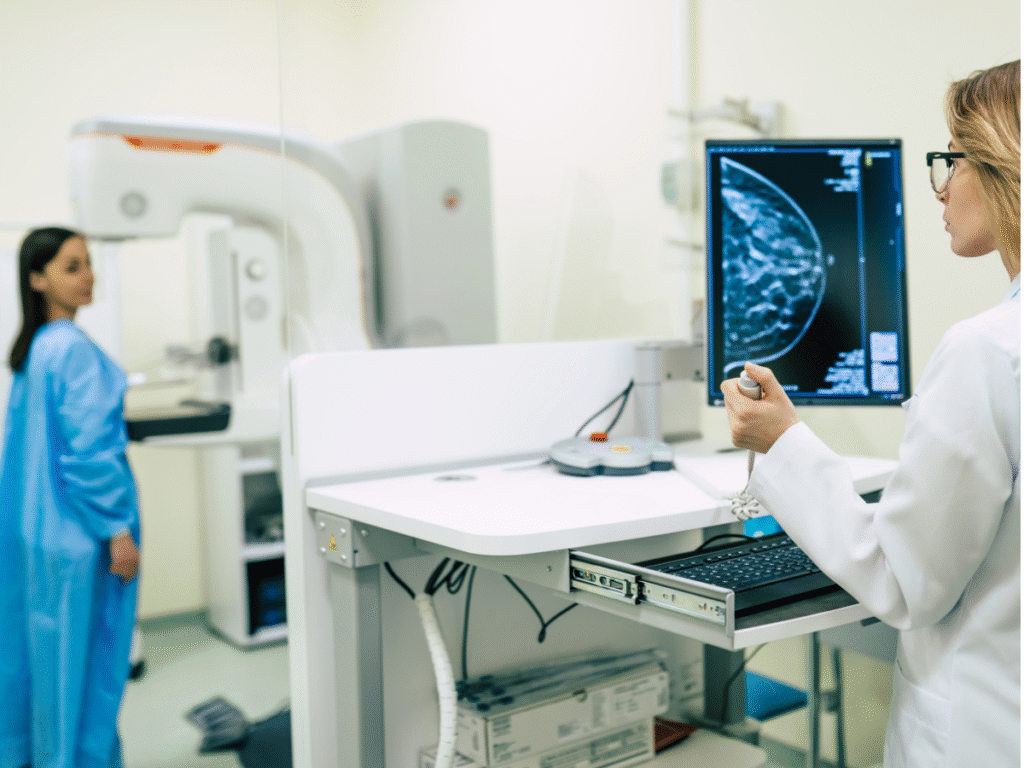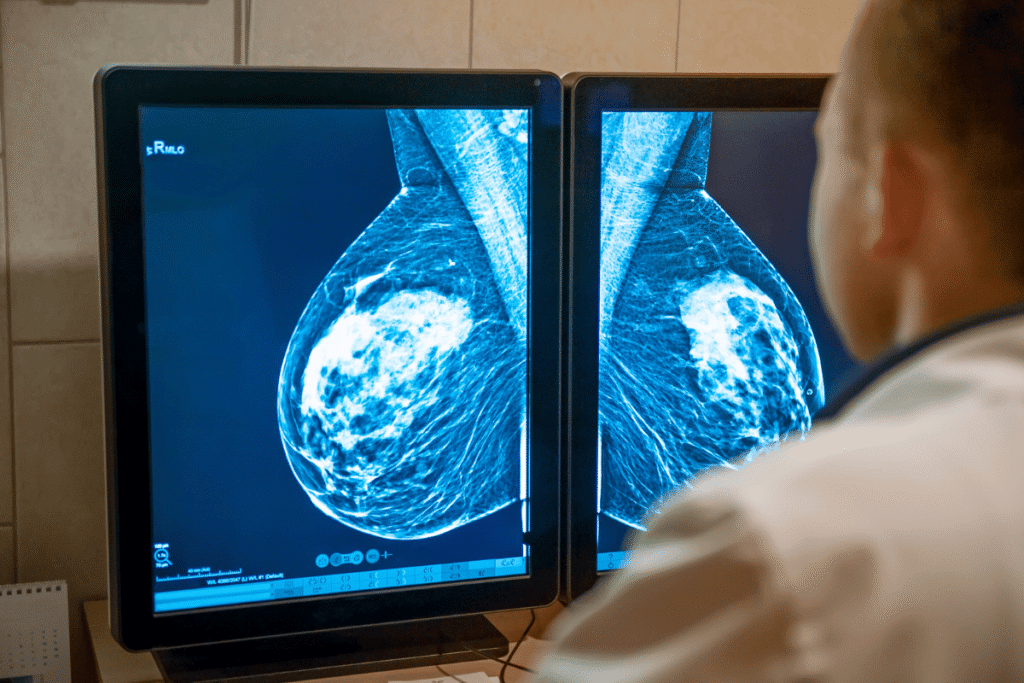
Breast cancer is one of the most common cancers among women worldwide. However, early detection through regular screenings makes a significant difference in survival rates. This is where mammograms come in — one of the most effective tools in identifying breast cancer early, often before any symptoms appear.
But still, many women have questions, such as:
Let’s break it all down so you’ll feel confident and informed about mammograms and breast screening offered by South Florida Multispecialty Medical Group.

A mammogram is an X-ray image of the breast used to detect abnormalities like lumps, tumors, or changes in breast tissue. It’s one of the most reliable methods for early breast cancer detection, allowing doctors to spot issues long before they can be felt through physical examination.
Early detection saves lives. Regular mammograms can reduce breast cancer mortality by 20% to 40% because they catch cancer in its early stages when it’s easiest to treat.
Skipping screenings can lead to late-stage diagnoses that are harder to treat. That’s why South Florida Multispecialty Medical Group strongly recommends following current guidelines for mammography.
3D mammography reduces false positives and negatives, improving diagnostic accuracy. Many of our patients at SFL Medical Group prefer this option for peace of mind and increased reliability.
Results are typically shared within a few days. Additional tests like ultrasound or biopsy may follow if abnormalities are detected.
Breasts are made of fatty, glandular, and fibrous tissue. Dense breasts contain more fibrous/glandular tissue, which can make cancer detection more difficult because both dense tissue and tumors appear white on a mammogram.
Several states require doctors to notify patients about dense breast tissue. At South Florida Multispecialty Medical Group, we ensure all patients are informed and guided to the best screening options.
The benefits of mammograms generally outweigh the potential risks, especially when done at appropriate intervals.
Radiologists use the BIRADS (Breast Imaging Reporting and Data System) score to categorize mammogram results:
An abnormal mammogram doesn’t always mean cancer. It simply signals the need for more detailed evaluation.
At SFL Medical Group, our expert healthcare team guides you with compassion and expertise through the diagnostic steps and next actions.
Women aged 50–74 should have a mammogram every one to two years. Women aged 40–49 should discuss screening with their doctor.
Some women feel pressure or slight discomfort, but it lasts only a few seconds.
Dense breasts make mammograms less effective. Your doctor might recommend additional imaging, like ultrasound or MRI.
Breast screening is the overall process of checking for breast cancer in women without symptoms. Mammography is the main tool used in this process, it's an X-ray of the breast that can detect cancer early.
Mammograms can detect breast cancer early, often before symptoms appear, which increases treatment success and survival rates.
Most insurance plans cover annual mammograms, especially for women over 40. Check with your provider to confirm coverage.
Mammograms are a crucial tool for early breast cancer detection. If you’re due for a screening, Schedule an appointment with Carines Torres PA-C, Our dedicated women’s health specialist.
Connect with South Florida’s trusted multispecialty care team and take control of your health with compassion and convenience.
©2025 South Florida Multispecialty Medical Group. All Rights Reserved.